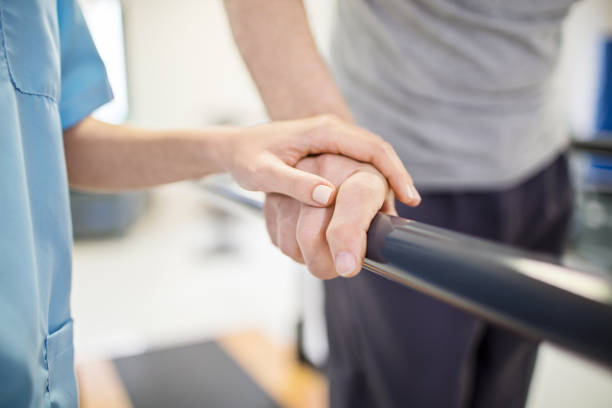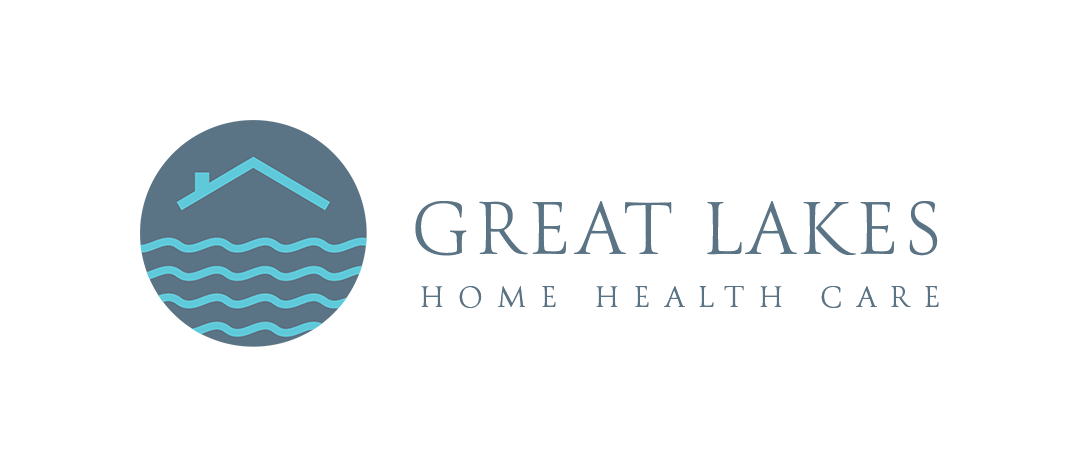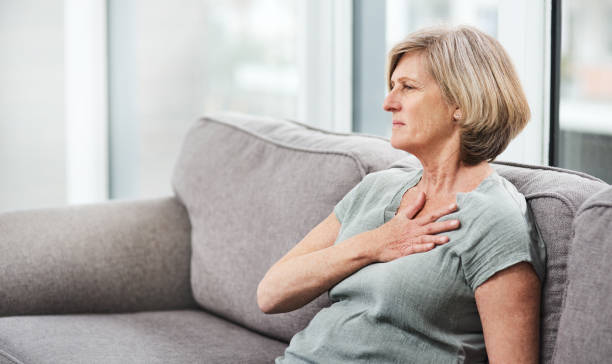Recovering from a stroke is a journey that extends beyond the hospital. For many patients, the transition to home care marks a critical stage in their rehabilitation. The home environment plays a powerful role in promoting safety, comfort, and independence, but it must be thoughtfully prepared to reduce risks and support healing. Families and caregivers are often at the forefront of this process, ensuring that patients regain confidence in their daily lives.
Contents
- 1 Understanding the Transition from Hospital to Home
- 2 Creating a Safe Living Environment
- 3 Supporting Physical Rehabilitation at Home
- 4 Encouraging Cognitive and Emotional Recovery
- 5 Promoting Independence in Daily Living
- 6 Managing Medications and Medical Care
- 7 Nutrition and Lifestyle Adjustments
- 8 Supporting the Caregiver’s Well-being
- 9 Building a Long-Term Recovery Plan
- 10 Conclusion: Home as a Place of Healing
Understanding the Transition from Hospital to Home
When a patient is discharged, the shift to home care can feel overwhelming. Hospitals provide structured support and medical monitoring, but once at home, responsibility falls heavily on the caregiver and family members. A successful transition requires clear communication with healthcare providers, adherence to prescribed medications, and structured rehabilitation routines. Caregivers should seek discharge instructions that cover diet, activity level, therapy schedules, and follow-up appointments to minimize uncertainty.
Creating a Safe Living Environment
Stroke survivors often face mobility challenges, balance issues, or partial paralysis, making falls a serious risk. Adapting the home environment is one of the most important steps for safe recovery. Pathways should be free of clutter, and rugs or cords that can cause tripping must be removed. Installing grab bars in bathrooms, placing non-slip mats in the shower, and ensuring adequate lighting in all rooms are practical safety measures. If the patient uses a wheelchair or walker, doorways may need widening, and ramps can replace stairs to improve accessibility.
Supporting Physical Rehabilitation at Home
Rehabilitation does not stop after hospital therapy sessions—it continues daily at home. Physical therapists often provide patients with exercises to strengthen muscles, improve coordination, and restore mobility. Caregivers play a crucial role in encouraging consistency with these routines. Short, frequent exercise sessions are often more effective than long, strenuous ones. Even simple activities such as standing with support, practicing hand movements, or walking short distances can contribute significantly to recovery when done regularly.
Encouraging Cognitive and Emotional Recovery

A stroke can also affect memory, speech, and problem-solving skills. Speech therapy, reading exercises, and engaging in mentally stimulating activities such as puzzles or simple conversations can help rebuild cognitive function. At the same time, emotional well-being must not be overlooked. Many stroke survivors experience frustration, anxiety, or depression as they adapt to new limitations. Caregivers should encourage open communication, provide reassurance, and, when necessary, seek support from counselors or stroke survivor support groups.
Promoting Independence in Daily Living
While caregiving often involves direct assistance, fostering independence wherever possible is essential to restoring dignity and confidence. Adaptive tools, such as utensils with easy-grip handles, shower chairs, or dressing aids, can help patients perform tasks with less assistance. Encouraging survivors to participate in their own routines, even if at a slower pace, contributes to long-term self-sufficiency.
Managing Medications and Medical Care
Stroke survivors are often prescribed medications to prevent another stroke, manage blood pressure, or control cholesterol and diabetes. Proper medication management is critical. Caregivers should use pill organizers, set reminders, and maintain an updated list of prescriptions to prevent missed or duplicate doses. Regular follow-ups with doctors are equally important to monitor progress and adjust treatments as needed. Keeping a log of symptoms, mood changes, or physical challenges can provide valuable insight during these visits.
Nutrition and Lifestyle Adjustments
Diet plays a central role in stroke recovery and prevention. A heart-healthy diet rich in fruits, vegetables, lean proteins, and whole grains supports overall healing. Reducing salt, sugar, and unhealthy fats helps maintain blood pressure and cholesterol at safe levels. Hydration is also essential, especially for patients on medications. Caregivers should work with healthcare providers to design meal plans that suit the patient’s medical condition and preferences while encouraging long-term healthy eating habits.
Supporting the Caregiver’s Well-being
The role of a caregiver can be physically demanding and emotionally draining. Caregivers must recognize the importance of their own health and well-being. Taking breaks, seeking respite care, or sharing responsibilities with other family members can prevent burnout. Joining caregiver support groups also provides a valuable space to share experiences, exchange advice, and gain encouragement.
Building a Long-Term Recovery Plan
Recovery from a stroke is often a gradual process that requires patience and perseverance. Families should set realistic goals—celebrating small milestones while acknowledging challenges along the way. A structured daily routine, combined with ongoing rehabilitation and lifestyle changes, helps create stability and predictability, which benefits both the survivor and the caregiver. Most importantly, maintaining hope and motivation can inspire progress, even in difficult moments.
Conclusion: Home as a Place of Healing
Post-stroke home care is not just about managing medical needs—it is about creating an environment where the survivor feels safe, supported, and empowered to rebuild life. Through safety modifications, rehabilitation exercises, emotional support, and healthy lifestyle changes, recovery at home can be both effective and comforting. With the right balance of care and independence, stroke survivors can continue to make meaningful strides toward regaining their strength, dignity, and quality of life.

